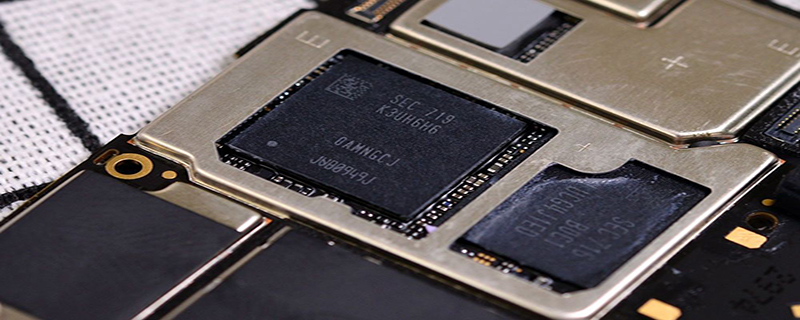Home >Common Problem >3 hard drives for raid
3 hard drives for raid
- (*-*)浩Original
- 2019-07-09 14:02:1433476browse
There are several main levels of RAID—RAID 0, RAID 1, RAID 5, RAID 6, RAID 10

PHP Video Tutorial)
RAID 1: A disk image of two hard disks, allowing any one to be damaged, and the space utilization rate is only half.RAID 5: Striping with parity, supports more than three hard drives, allows any one to be damaged, and has a space utilization rate of (N-1)/N. (That is, there is a disk as a spare)
RAID 6: Compared with RAID 5, RAID 6 adds a second independent block of parity information. Two independent parity systems use different algorithms, and the reliability of data is very high. Even if two disks fail at the same time, the use of data will not be affected. However, RAID 6 requires a larger disk space to be allocated to parity information, and has a greater "write loss" than RAID 5, so the "write performance" is very poor. RAID 10: This sounds wasteful. The usable hard disk space is only N/2. Each hard disk has a spare disk, but it is the least likely to break. The role of a hot spare disk is equivalent to making a backup in the raid. For example, the original raid allows the system and data to still run normally even if one disk is damaged, but if two disks are damaged, it will not work. But after adding hot backup, two disks can be damaged at the same time without any problem, which is an extra insurance.What is the relationship between RAID 5 and hot spare disks? Does RAID 5 need hot spare disks?
The number of available disks in RAID5 is: n-1. That is to say, the usable capacity of the system after the disk is RAID5 is: single disk capacity*(n-1)So the usable capacity of your 4-disk RAID5 is: 500G*(4-1) =1500G=1.5TRAID5 stores data and corresponding parity information on each disk that makes up RAID5, and parity information and corresponding data are stored on different disks respectively. Complete data is stored on any N-1 disks, which means that there is space equivalent to the capacity of one disk for storing parity information. Therefore, when a disk in RAID5 is damaged, the integrity of the data will not be affected, thus ensuring data security. When the damaged disk is replaced, RAID will automatically use the remaining parity information to reconstruct the data on the disk to maintain the high reliability of RAID5. For more PHP related technical articles, please visit thePHP Graphic Tutorial column to learn!
The above is the detailed content of 3 hard drives for raid. For more information, please follow other related articles on the PHP Chinese website!
Statement:
The content of this article is voluntarily contributed by netizens, and the copyright belongs to the original author. This site does not assume corresponding legal responsibility. If you find any content suspected of plagiarism or infringement, please contact admin@php.cn
Previous article:How to set dynamic IP on routerNext article:How to set dynamic IP on router

